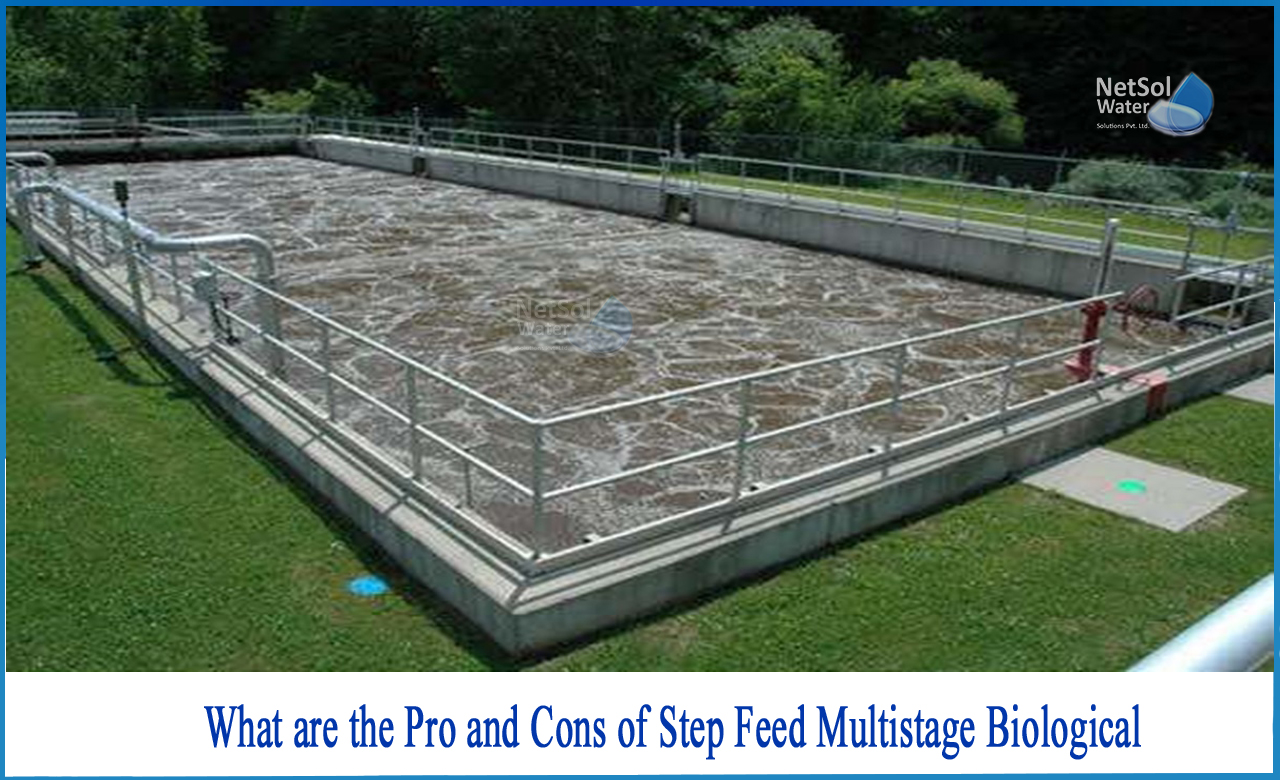Nitrogen Removal from wastewater
Physical-chemical procedures or biological mechanisms can be used to remove nitrogen.
Biological nitrogen removal is more extensively used in industrial wastewater treatment since alternative methods may not be as cost-effective for high-strength wastes (e.g., meat-packing, poultry). Before it can be turned to ammonia, the wastewater must be deaminated, if it contains organic nitrogen.
What are the Pro and Cons of Step feed Multistage Biological?
The step-feed activated sludge method is a plug-flow process, which means the RAS enters the reactor's head end and the particles in the fluid should exit in the same order that they entered.
In the step-feed approach, influent wastewater is fed into the biological reactor in stages, allowing denitrifying bacteria to access readily biodegradable organic material in multiple compartments. If nutrient removal is desired, the basins are divided into many zones with varying biochemical conditions, similar to the normal activated sludge BNR method.
The basin is separated into multiple stages in a step-feed process, and raw influent is proportionately introduced to each stage. At the basin's head, all return microorganisms (sludge) are introduced. When compared to a plug-flow system with the same basin capacity, a larger solids retention period is achieved by splitting the flow to various influent feed points and routing recovered sludge to the beginning of the process.
Anoxic zones for denitrification and oxic zones for oxidation of organic material, nitrification, and phosphorus uptake are common features. Denitrification occurs when nitrified mixed liquor is reintroduced from the oxic zone to the anoxic zone.
Pro of Step Feed Activated Sludge Method
1: Waste load equalization is improved;
2: Operational adaptability;
3: A more consistent oxygen demand throughout the aeration tank, with a reduced peak demand;
4: Provides operational control over the age of the sludge and the length of time it spends in the hydraulic reservoir;
5: Prevents catastrophic process failure owing to hydraulic overloading or sludge thickening;
6: The sludge is reused numerous times in the tank, increasing the BOD treatment capacity.
7: This design minimizes the size of the aeration tank and the time it takes to aerate it while maintaining BOD removal efficiency. The reduced aeration time lowers capital costs.
Cons of Step Feed Activated Sludge Method
To provide proper flow distribution and liquid recirculation, competent mechanical and control equipment O&M is required.
Operation & Maintenance of Step Feed Activated Sludge Method
By reducing the influent flow to the first denitrification zone, the biomass can be protected against washout during high flows. As a result, some plants relocate their feeding grounds ahead of wet weather. Although the operation's variety is beneficial, the multiple possibilities may complicate the procedure if it needs to be thoroughly tuned.
A thorough examination of the incoming wastewater is required, followed by the introduction of new routines and operating conditions inside the plant, to fine-tune the process and make effective use of the substrates and nutrients based on theoretical conversations in the field. In actuality, this might take a long time and need a high level of ability from the plant's employees.
If you want to know more aboutStep feed multistage biological nitrogen removal process, then you can have an expert solution upon contacting Netsol Water Solutions, a leading manufacturer of Industrial and Commercial Water Treatment Plants and Wastewater Treatment Plants, among other services. Our treatment systems are very effective at removing all types of chemical, physical, and biological pollutants.
Call us on +91 9650608473



